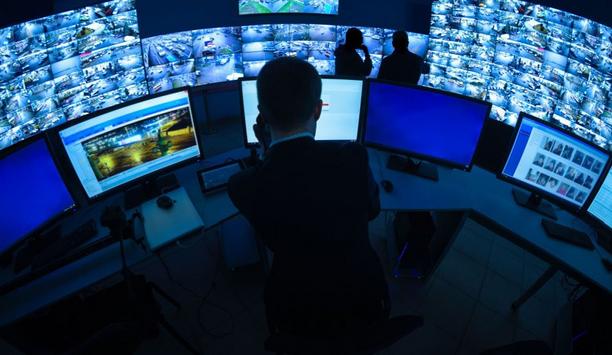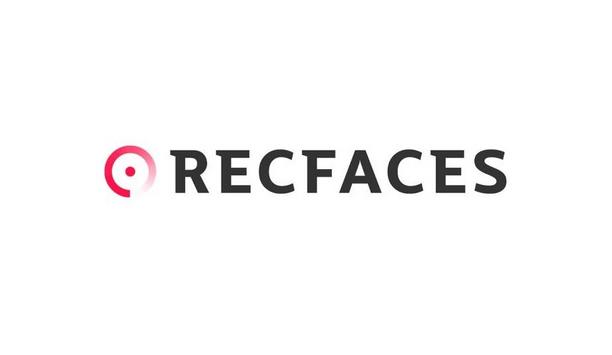When does it make sense to share video from a private system?
Editor Introduction
More cameras today are providing more video than ever, but how much of the video is available when and how it is needed? The question often comes up when law enforcement entities are seeking to access video from private systems to help solve a crime. There are many more private video systems than public systems, but is the video available when needed? And what about privacy: In what situations is it acceptable to share private video for the public good? We took these questions to this week’s Expert Panel Roundtable. Specifically, we asked: When does it make sense to share video from private video surveillance systems with citywide systems? What are the technical and/or privacy hurdles to sharing video more widely?
Video surveillance cameras are everywhere and can be a great resource for law enforcement in certain investigations. However, it’s not like in the TV show CSI where law enforcement can instantly access all surveillance cameras. Many of them are installed by different companies in stores, cafés, outside buildings in the city centres and not directly accessible by law enforcement. One way to utilise the footage is to manually gather it by downloading the video and analysing it. An even better way to do it is by having public/private relationships much like Project Green Light in Detroit. Project Green Light is the first public/private community partnership of its kind. In short, the Project is blending a mix of real-time crime-fighting and community policing aimed at improving neighbourhood safety, promoting the revitalisation and growth of local businesses, and strengthening Detroit Police Department’s efforts to deter, identify, and solve crime.
Much depends on what is considered private. If this extends to private business, I believe that video should definitely be shared, not necessarily continuously, but certainly in times of crisis. Going back to the Boston Marathon bombers, they were caught by utilising video sharing of the cameras around the area – everything from Walgreen’s to Bank of America to Crate and Barrel. The collective usage of that footage allowed for the identification of the Tsarnaev brothers after the cowardly act, but also timestamped their movements leading up to it. I am sure there are privacy concerns, but nothing is more important than protecting the citizens.
It’s difficult for police officers to arrive at a crime scene with little or no information about what deadly situation they may be about to walk into. Use of modern audio and video technology can help. Verified alarm response, including audio and video verification, is quickly becoming the norm. When central monitoring stations have access to video, that video can be provided to a responding officer to increase situational awareness. Wouldn’t it be much better to provide responders data about the number of suspects, their location(s) in premises, physical descriptions, conversations that are occurring, and any weapons present, all in real-time, instead of just saying, “There’s a hold-up at X building”? Even better, we forward the audio and video feed directly into the police vehicle, most of which have laptops, or even to a mobile device. Of course, these scenarios carry privacy concerns that have to be weighed.
The number-one topic in surveillance is that cities and agencies want to be able to access video and utilise cameras from the private sector. In the event of an emergency, law enforcement wants to access any video possible and bring it to their command centres so they can respond appropriately. We're working on projects in which we use a Law Enforcement Video Gateway, which is a server that is paired with a recorder at a given location. The server stores a couple of hours of video, then when either a duress button is pressed or a 911 call comes in from that location, law enforcement is granted access to the recorded and live video at the location. In respect to privacy parameters, law enforcement can only access video when an event happens. Cameras can also be designated as only available at certain times of day, or only during public events.
Video systems should not be dependent on external or public internet connectivity. This is one of the big challenges of cloud video solutions; Internet connections are notoriously unreliable. If these systems must be connected to the public Internet, some storage should be maintained locally to prevent data loss in the event of a network outage. Private wide area network (WAN) connectivity is typically much more reliable, assuming there is sufficient bandwidth to handle video traffic.
Editor Summary
Network technologies are paving the way for greater sharing of video from various systems, so many of the technical challenges are being met. But is sharing video desirable from an ethical or privacy perspective? Like most ethical questions, the answer may depend on the situation: Giving up privacy may be an easier call in the case of an emergency or life-and-death scenario. The valuable contribution of video to investigating a crime would seem to outweigh privacy concerns, especially if video access is limited to special situations and limited time periods.
- Related links
- Axis Communications IP cameras
- Related categories
- CCTV cameras
- IP cameras












